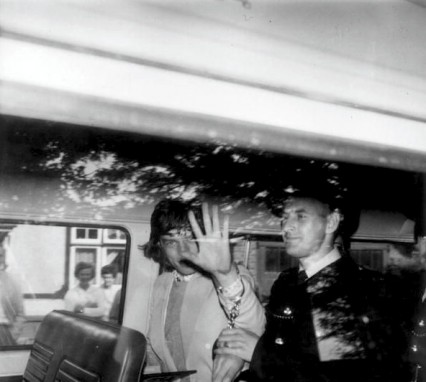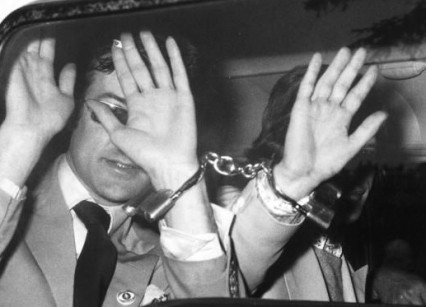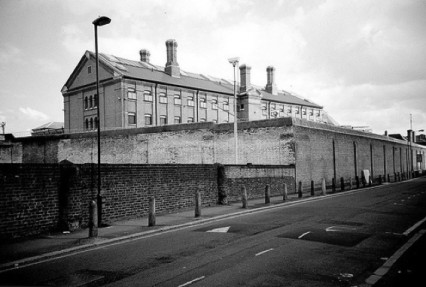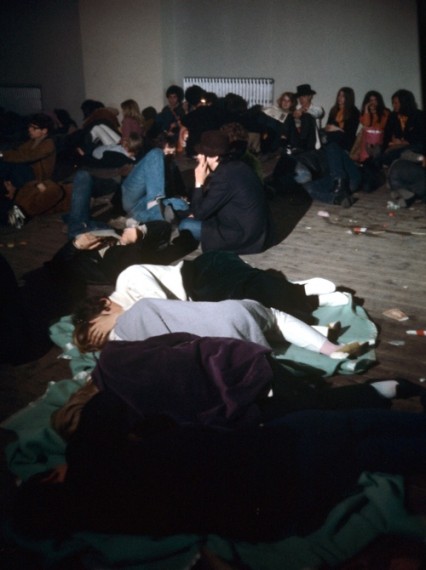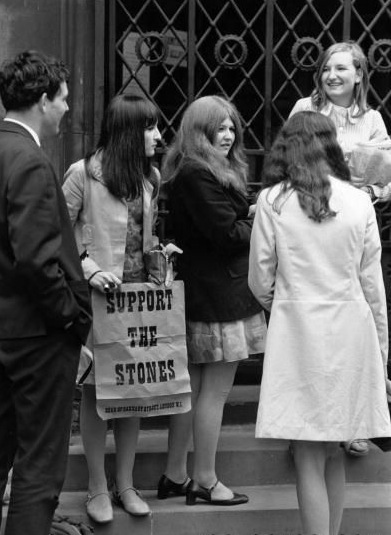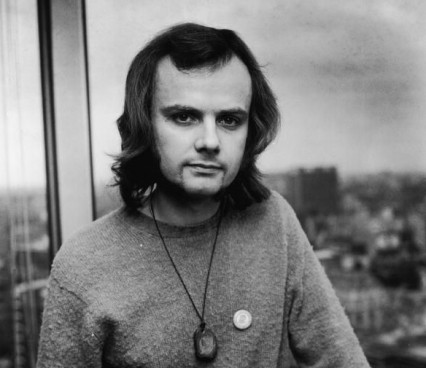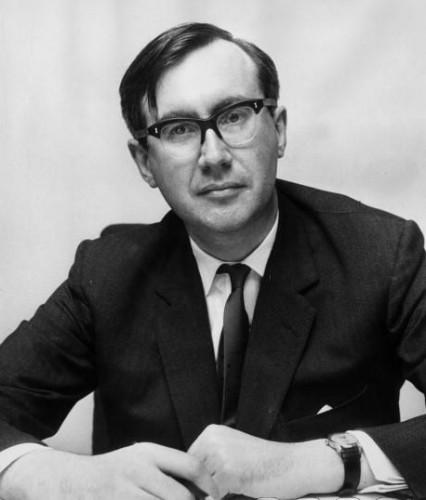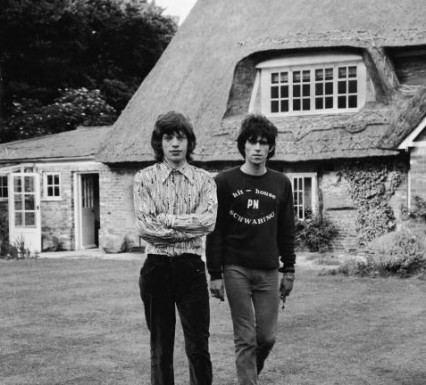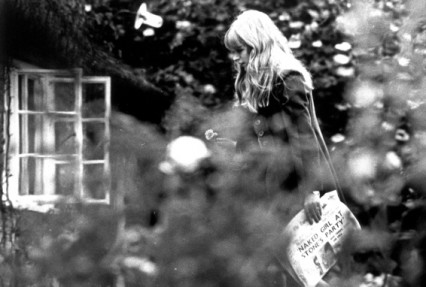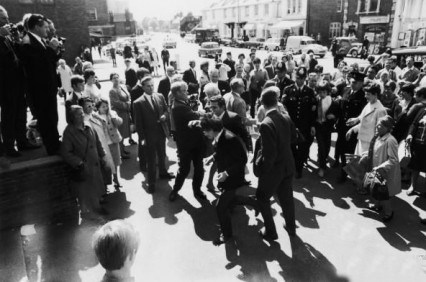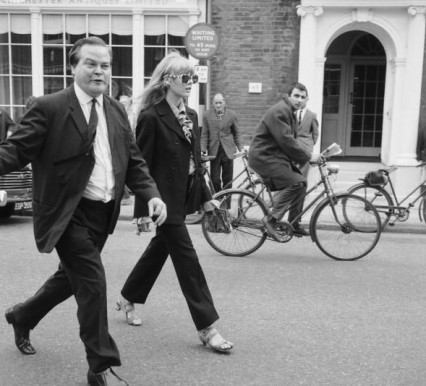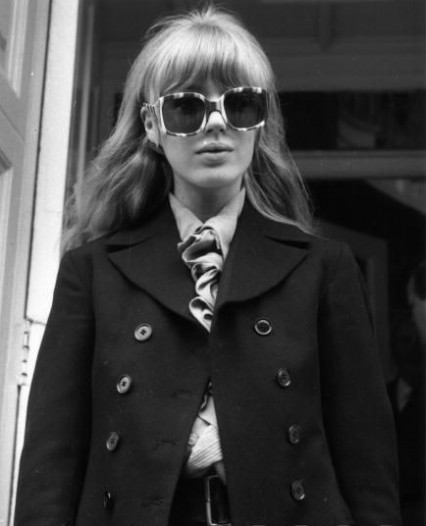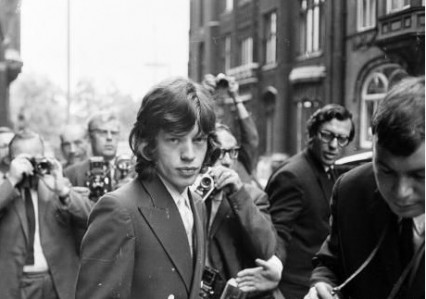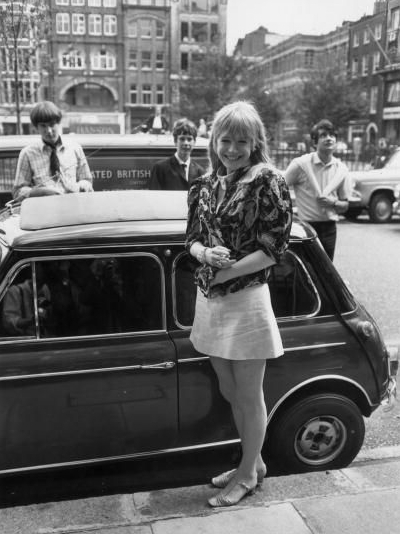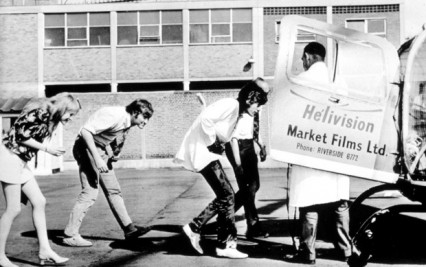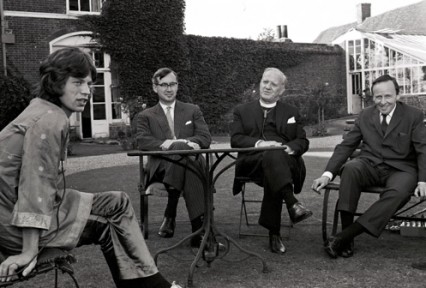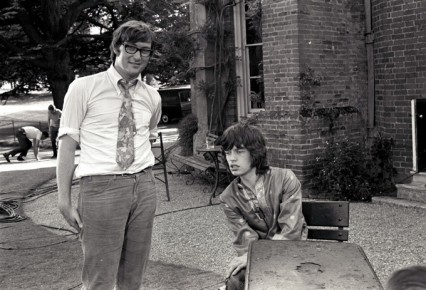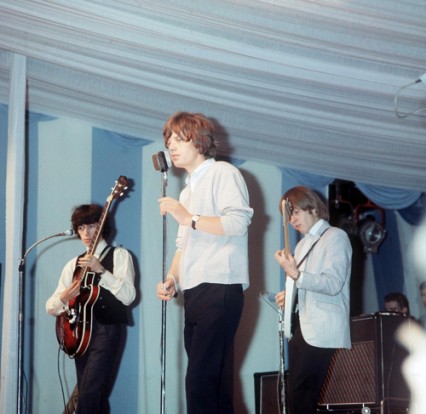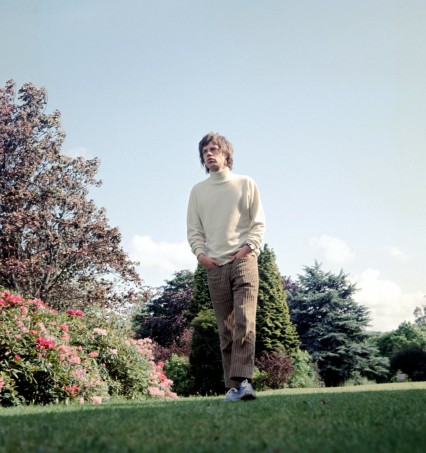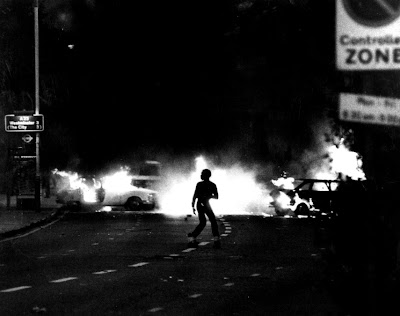Teenagers are not screaming over pop music any more, they’re screaming for much deeper reasons. We are only serving as a means of giving them an outlet. Teenagers the world over are weary of being pushed around by half-witted politicians . . . they want to be free and have the right of expression, of thinking and living without any petty restrictions.
It seemed that the great majority of young people at the time were particularly unconcerned about Jagger’s lot, indeed 85 per cent of 21 to 34 year olds thought the sentence was deserved, and 56% thought it should have been more severe. It was a survey result that had the slightly stoned and youthful sounding Pirate DJ John Peel on his show “The Perfumed Garden” bemoaning:
“It’s very sad that there are people that actually feel that way…anyway this is Donovan with a song dedicated to Mama Cass called ‘The Fat Angel…”
Mick jagger, along with Keith Richards (who was sentenced at the same trial for 12 months) had ended up in court when, after a tip-off by the News Of The World, the police had infamously raided Richards’ house in Redlands in West Sussex. During the search they had found a small amount of drugs – but enough to arrest the relevant parties. However, a rumour quickly spread (one that is still heard today) that the police who raided the property found a naked Marianne Faithfull loosely wrapped in a large fur rug using a Mars Bar in a way that wouldn’t have placated her hunger. Marianne wrote about the incident in her autobiography:
The Mars Bar was a very effective piece of demonizing. Way out there. It was so overdone, with such malicious twisting of the facts. Mick retrieving a Mars Bar from my vagina, indeed! It was far too jaded for any of us even to have conveived of. It’s a dirty old man’s fantasy… a cop’s idea of what people do on acid!
Incidentally Marianne may noticed that in 2002 Mars decided to change their famous slogan “A Mars a day helps you work, rest and play”. They replaced it with “Pleasure you can’t measure”. Mars, apparently, wanted to increase its treat appeal to the female market.
As we approached I heard loud strains of pop music. When I entered the room there was a television on but the pop music drowned the sound of the television. There were nine people, two of whom I thought were women. Jagger and a woman were sitting on a couch some distance away from the fire. The woman had wrapped around her a light-coloured fur rug which from time to time she let fall showing her nude body. Sitting on her left was Jagger, and I was of the opinion he was wearing make-up. Sitting on her right was a person I now know to be male but at the time I had thought was a woman. He had long fairish hair and was dressed in what would best be described as a pair of red and green silk ‘pyjamas’. I searched him and this was all he was wearing. I formed the opinion he too was wearing make-up. All the time I was in the house there was a strong, sweet, unusual smell in all rooms.
Mick Jagger, in the end, spent only one night at Brixton Prison although he purportedly wrote lyrics to the songs We Love You and 2000 Light Years From Home whilst there. It was apparently at Brixton when he heard from another inmate about the rumour about Marianne and the Mars Bar for the first time. On the morning of the 30th June 1967 he was released on £7000 bail, pending an appeal, and was picked up by a green Bentley which drove to Wormwood Scrubs where he picked up Keith Richards. They both subsequently had a celebratory pint in a pub off Fleet Street.
A month later on the 31st July the Appeals Court quashed both Jagger and Richard’s sentences. The Lord Chief Justice Parker told Jagger that “You are, whether you like it or not, the idol of a large number of the young in this country. Being in that position, you have very grave responsibilities.” The Lord Chief Justice also said that Judge Block should have warned the jury that there was only tenuous evidence that the girl, dressed only in a rug, smoked cannabis resin and that Mr Richards must have known about it.”
On the 18th August the Rolling Stones released We Love You which was considered a ‘thank you’ to their fans for their support. It actually features Lennon and McCartney on backing vocals. The Stones made a film to go with the song where they parodied the trial of Oscar Wilde. However the BBC thought it unsuitable and it was banned from Top Of The Pops.
